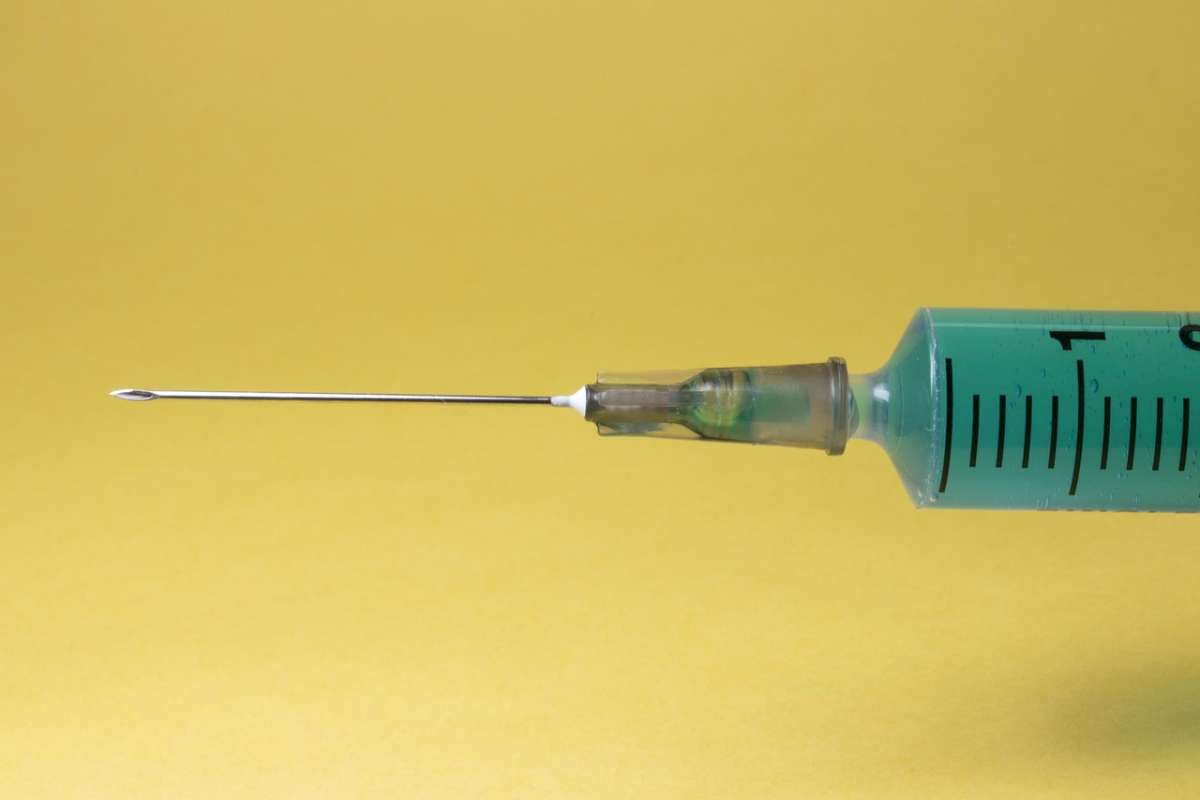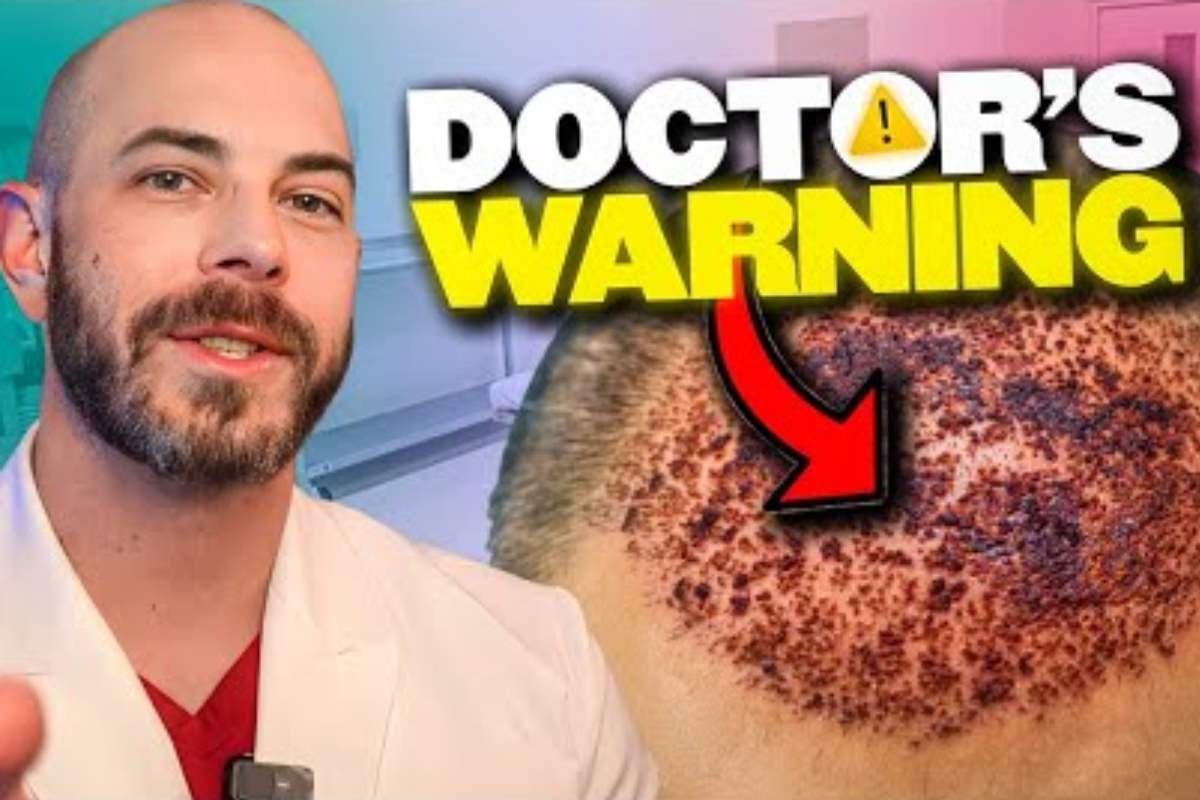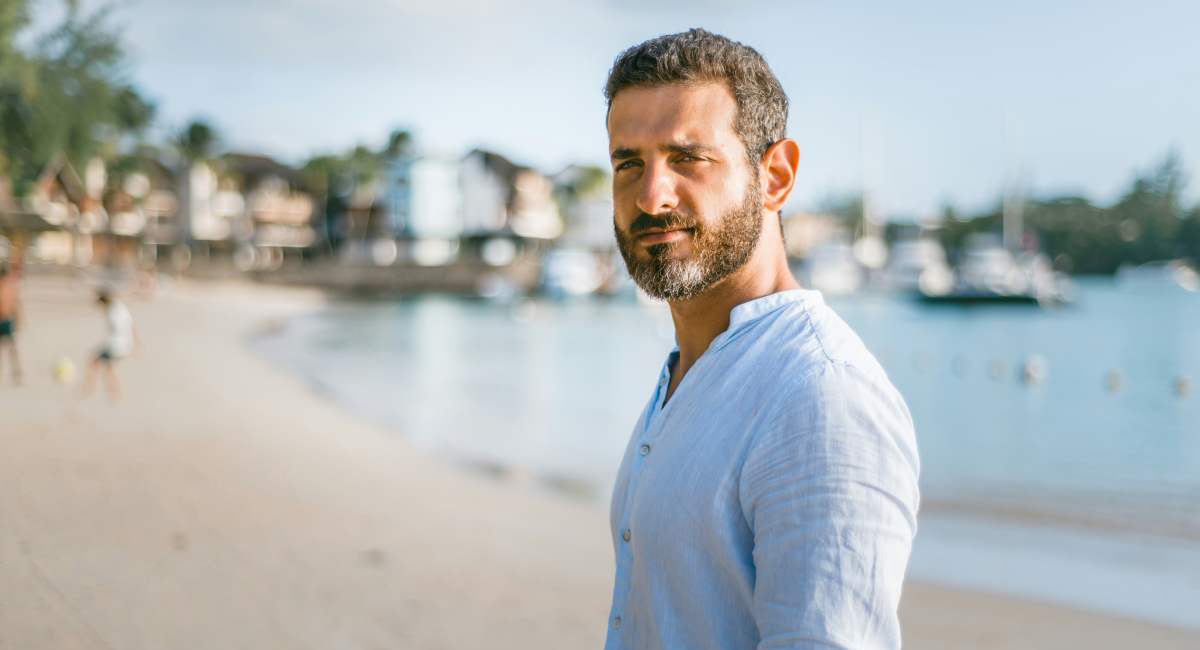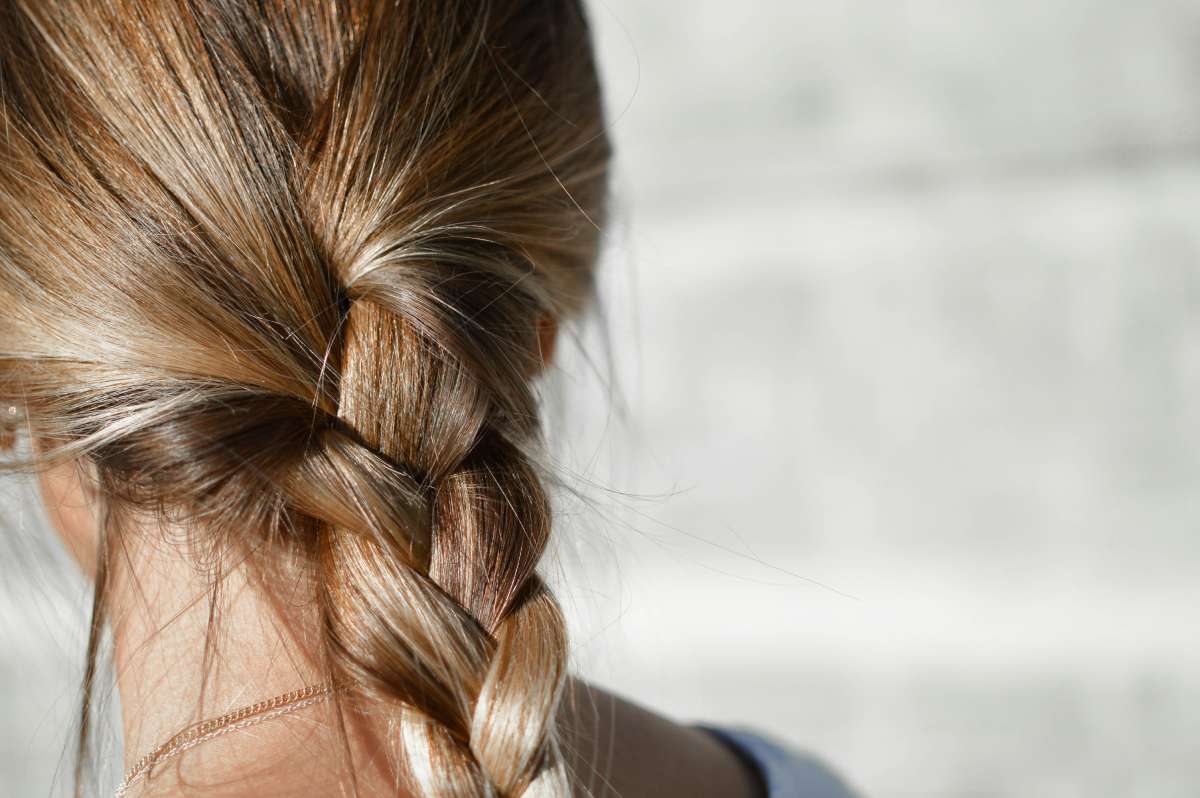Hair transplant technology and hair loss treatments are constantly evolving as new techniques and medications are discovered, but what about being able to use hair from another source as donor hair?
While it would be great if we could transplant hair from an outside donor to a patient suffering from hair loss, unfortunately it doesn’t work that way. Hair transplants are similar to organ transplants in that they need to be a match in order for the transplant to actually take hold and work, but in the case of hair they need to be an exact match.
The skin and it’s “appendages” like oil glands and hair follicles which make up hair transplant grafts are so immunologically active that using excised follicles from a 3rd party and transplanting them into a different recipient would result in the follicles being immediately rejected. They would not take root properly or be accepted by the recipient body, and therefore the hair transplant would fail.
Basically, hair from someone else contains all sorts of receptors and proteins on the cells and therefore is seen by the body as an invader or something that your immune system needs to attack and destroy. The only time a transplant between 2 different people would work is if you had an identical twin willing to lend you some hair, which most of us do not have. Moreover, if one sibling is balding or thinning, the identical twin has the same genetics and therefore would be balding too. If you could use a non-identical donor you would still want a donor with the exact same type of hair as you, not to mention the same pigmentation, etc., which could be a tough thing to match up. This is why current hair transplants are primarily performed by taking donor hair from other areas and moved to recipient’s scalp. Those follicles are essentially just moved from one area of the scalp to another, which the body allows with great success.
But what if I told you that scientists have found a way to grow hair follicles in a petri dish in a lab. Could this be the breakthrough that hair transplant specialists have been waiting for? A way to create donor hair, built specifically from your cells, that could be transplanted into your scalp to help fill in thin or balding spots.
While we’re not quite to that point, some of the research coming out of Japan has made incredible strides in creating these follicles in a lab setting.
Lab Grown Hair Follicles
Growing hair follicles in a lab has proven to be very difficult because of the requirements needed to grow them outside of the body.
Because of the way the hair follicle cells develop, it is an intricate and elusive interaction between the epidermal layer of skin (the ectoderm) and the connective tissue layer below, known as the mesenchyme, along with highly specialized melanocytes that still mystifies scientists. So far it’s been impossible to complete understand, let alone reproduce that interaction in a lab setting. But, researchers are getting closer to figuring out how to duplicate this interaction. Recently they were then able to take that information and grow embryotic organoid hair follicles that eventually turned into 3mm long “follicloids.” The researchers refer to them as “organioids” and “follicloids” because these artificially grown tissues but resemble organs and follicles.
Did we mention these experiments were conducted with mice tissue? They were not performed with human tissue yet, but the results are extremely promising.
After the hair follicles were grown in the petri dishes, away from the mice, they were able to be transplanted into the mice where they continued to thrive. The transplanted follicles were shown to survive and grow through multiple hair growth cycles. This means that the lab grown hair follicles were able to be implanted into the mice, were accepted by the recipient and continued to thrive as if they were naturally grown hair from the mouse.
The ability to regenerate new follicles through multiple cycles may be one of the most exciting and impressive accomplishments. It’s one thing to grow tissue in a cell culture but once you have the live tissue, like cartilage or even a liver, it tends to stick around. Growing a follicle is more complicated because once you create it, it then has to propagate itself – meaning a hair follicle needs to shed and regrow over and over. This is an extremely complex task.
It took about 23 days for the researchers to grow the 3mm hair follicle that could then be transplanted into the mice. These researchers were also able to study the follicles and improved their success rate to almost 100%. Meaning that they can now almost perfectly grow new hair follicles every time they repeat the experiment. They are also beginning to figure out how to modify the follicles to adjust the pigmentation or color of the hair.
What Do Lab Grown Hair Follicles Mean for Hair Transplants?
While there is still a lot of testing and experimenting to do, not to mention research approvals and things of that nature, this research shows a lot of promise for the world of hair transplantation.
As we mentioned above, while hair follicles cannot be excised from a 3rd party donor, to be implanted on a patient, hair follicles grown in a lab, using cell cultures from the patient themselves, could prove to solve this problem.
If lab grown hair could be successfully transplanted into a human and continue to thrive and grow for extended periods of time, it would do a couple things for the world of hair transplants.
For one, it would mean that hair transplant doctors would no longer have to harvest or excise hair follicles from the donor area of a patient’s scalp. This would cut down on the discomfort sometimes associated with hair transplants since currently you need to have hair follicles physically removed from your scalp. It also avoids the scars that are created through both FUT and FUE harvesting.
It also means that the number of hair follicles available for transplantation could be infinite. A patient would never run out of donor hair. Currently, we are limited to how many grafts can be borrowed from the donor are or how many transplants that can be done in one’s lifetime by the density and flexibility of the donor scalp. If you cold grow hair in a lab, theoretically you could continue to fill in all the thinning areas on a patient’s scalp throughout their life as the hair loss evolves. That would be a game changer!
Would this cut down on the cost of hair transplants? As with any new technology, if/when lab grown hair is available, it’s likely to cost a small fortune but also like other technological advances, the longer it’s around and with increased availability, it would hopefully be an affordable option for many prospective patients.
Lab grown hair would be the saving grace for people that don’t have enough donor hair on their heads to even consider a hair transplant at the moment. For patients with Diffuse Pattern Alopecia or an advance Norwood Pattern (6 or 7) there isn’t a good area to excise donor follicles from. If we can grow hair artificially, then hair transplantation may become an option for patients that were previously turned away from surgery.
Future Hair Loss Technology
While this research is extremely promising in the fact that it has been difficult to grow hair follicles outside of the body, we won’t get our hopes up for the short term.
Studies like this can often present incredible results when using animals and mice but have totally different outcomes when testing begins on humans. This is merely the first step in many that may lead to an amazing breakthrough in hair loss treatments, but for now traditional hair transplants are still the best option.
If you have questions about hair transplants or hair loss treatments, or would like to setup a consultation, please contact us today at the Limmer Hair Transplant Center.







